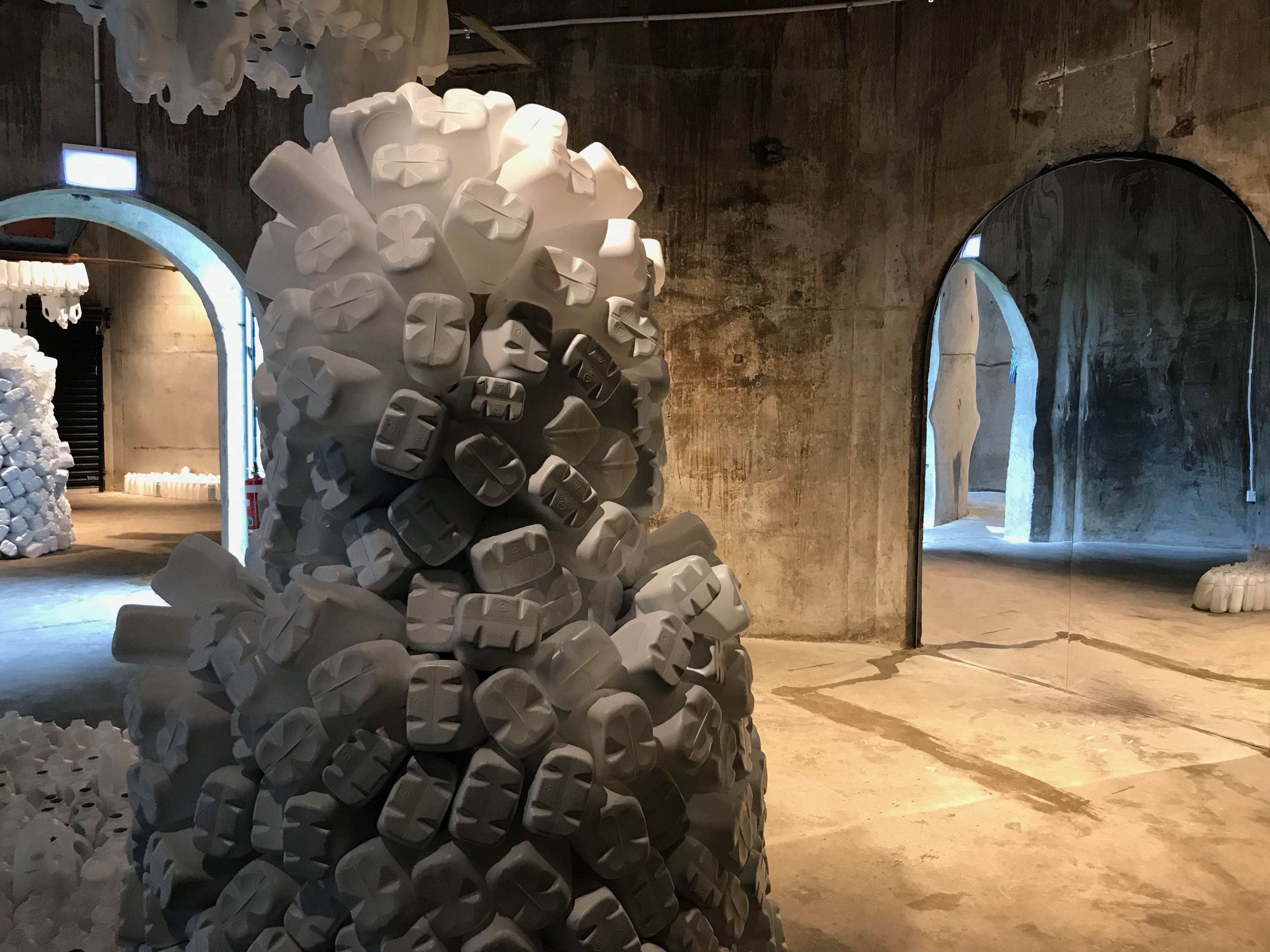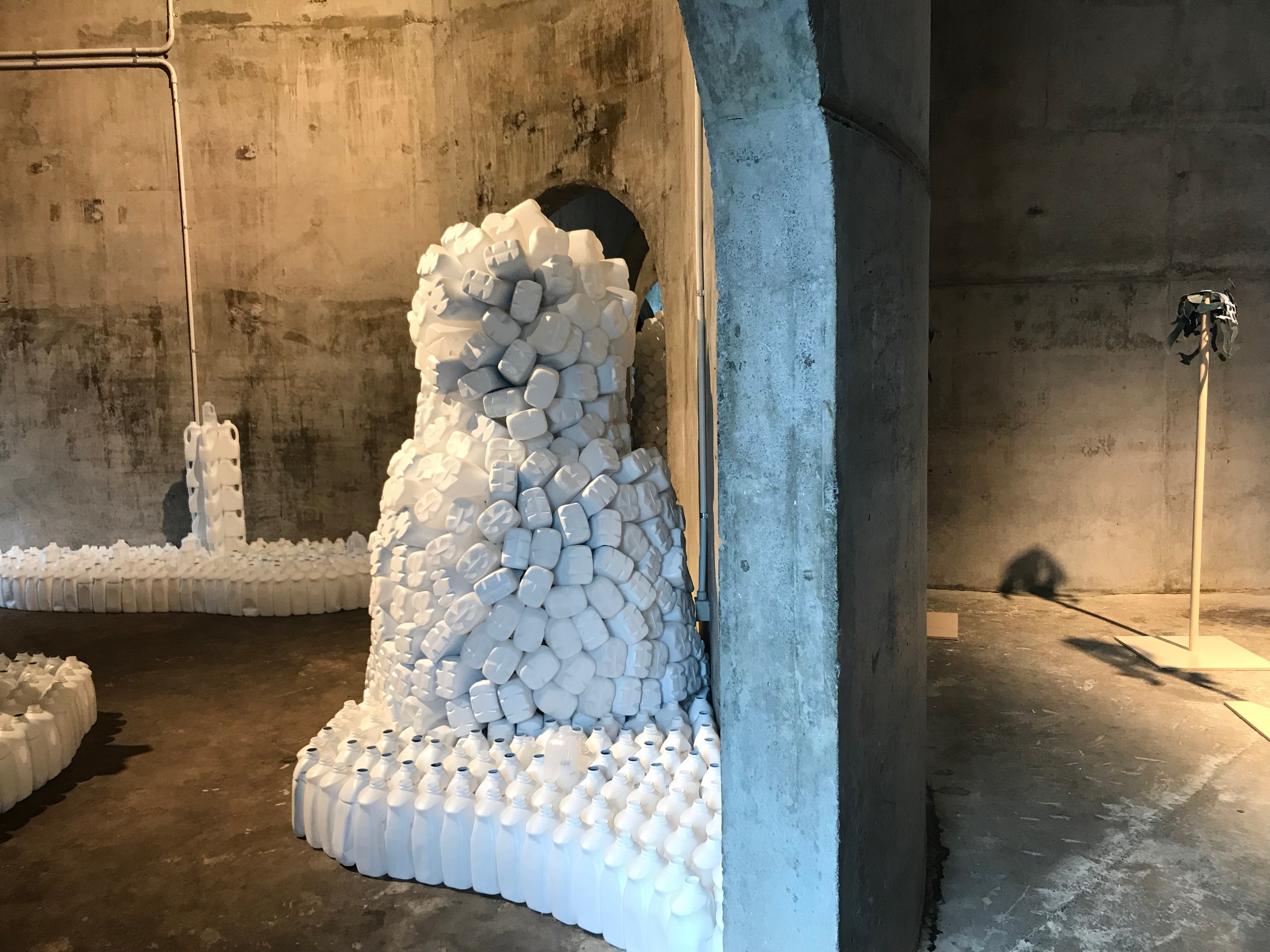Wastescape: weaving landscapes of politics, dairy, and waste (2019)
Used plastic milk bottles, photography, wooden stands.
Silo 6, Silo Park, Auckland Harbour
Te Ahurei Toi o Tamaki/ Auckland Art Festival
Auckland, Aotearoa/New Zealand
9 - 24 March 2019
An immersive installation in Silo 6, Silo Park, Auckland Harbour, Auckland, New Zealand, that explores the effects of the dairy industry on New Zealand's rivers and ecologies through waste, the body, photography and craft. A large-scale installation of stalactites and stalagmites made out of over 6,000 collected used and discarded plastic milk bottles weaves between the floor spaces and grain hoppers in each of the six spaces. Chong Kwan created a series of 12 headpieces made out of photographic images and copyright free images that I had found of one of New Zealand’s rivers that are affected by dairy pollution: Waikato; Matau; Whanganui; Taieri; Rangitikei; Mataura; Waiau; Clarence; Waitaki; Oreti; Rangitaiki; and Manawatu. The headpieces were installed at head height on wooden posts at intervals along the corridor through the centre of the six silo spaces.
Commissioned by Invisible Dust and Te Tuhi
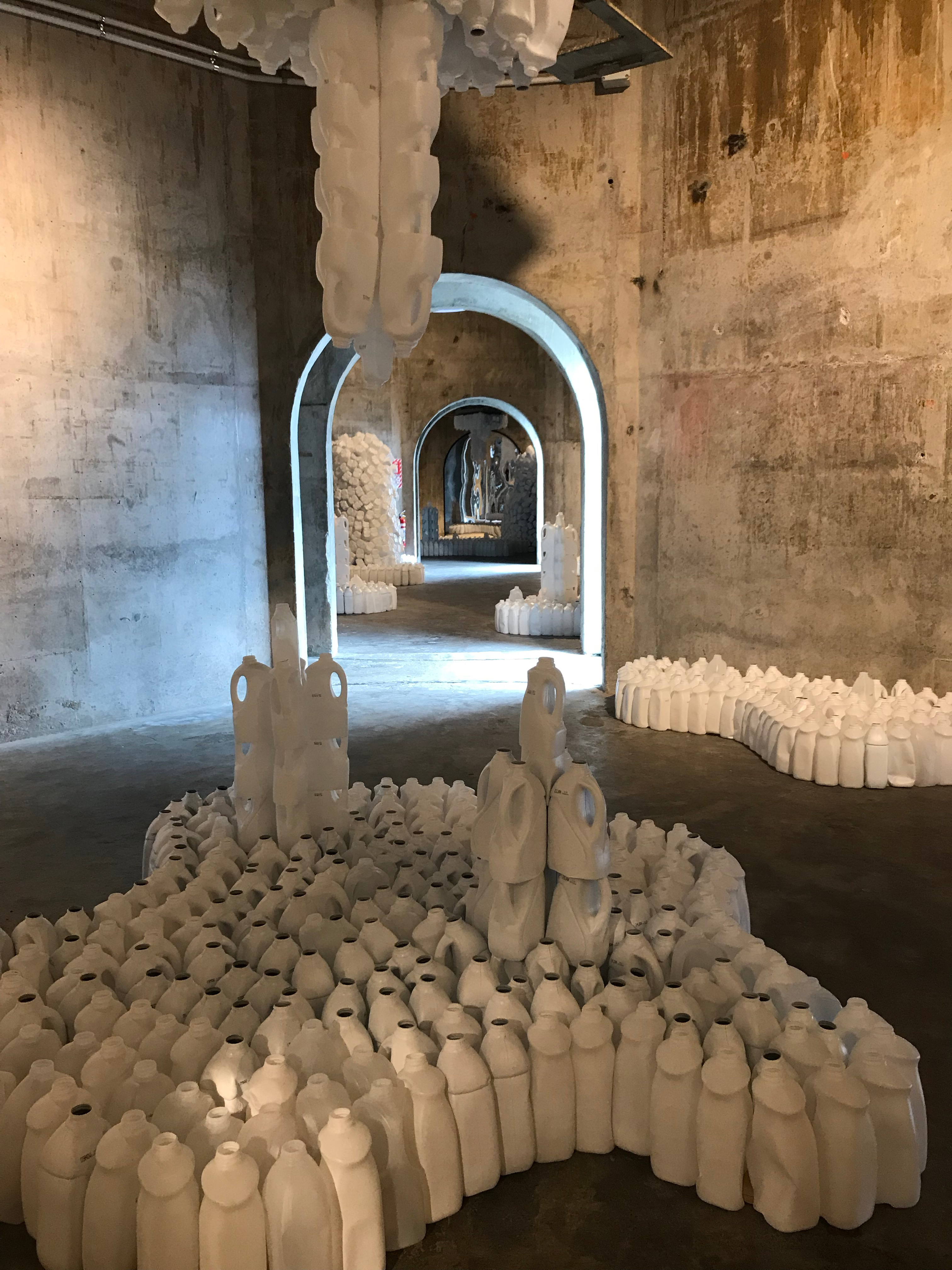
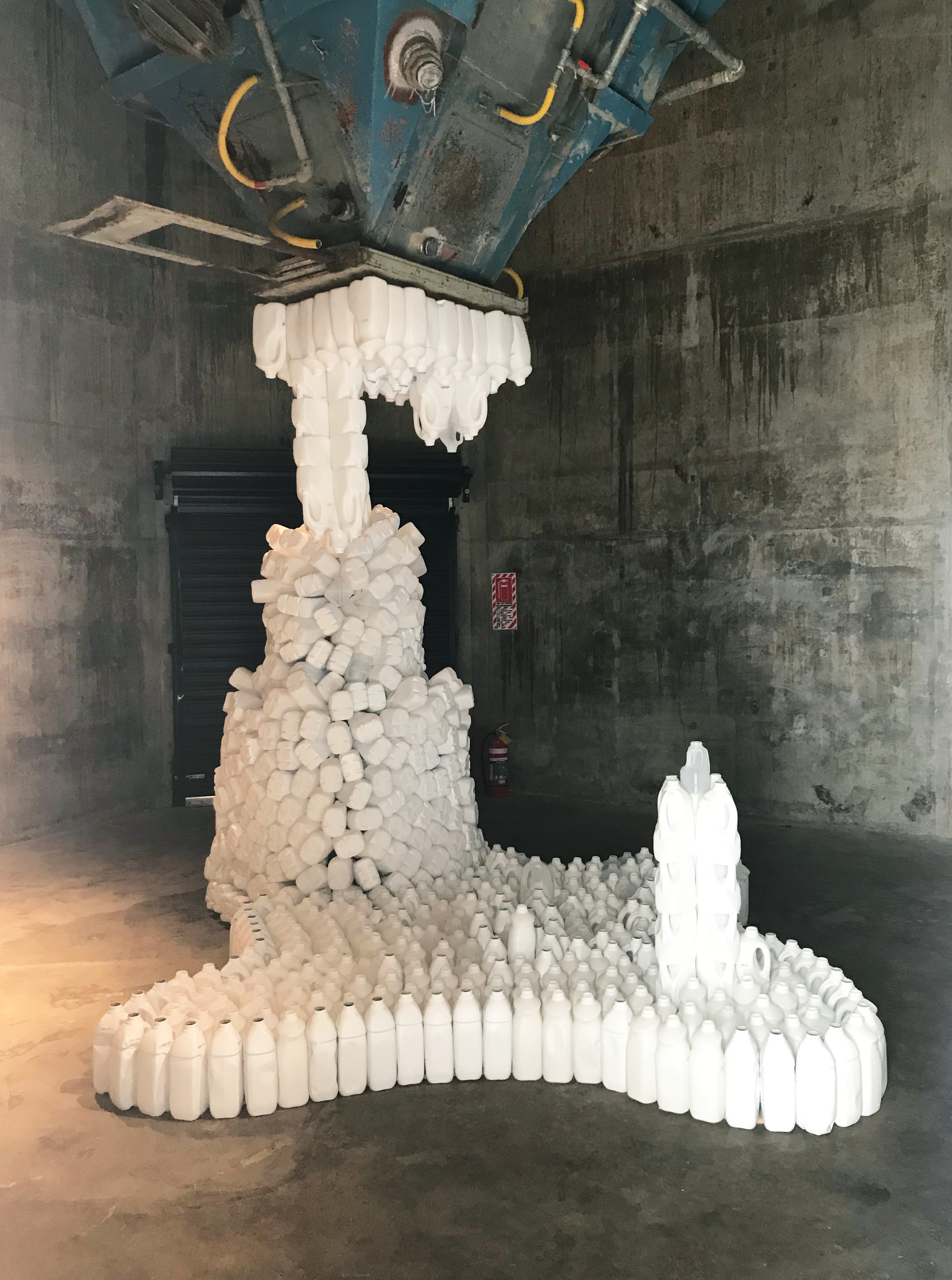
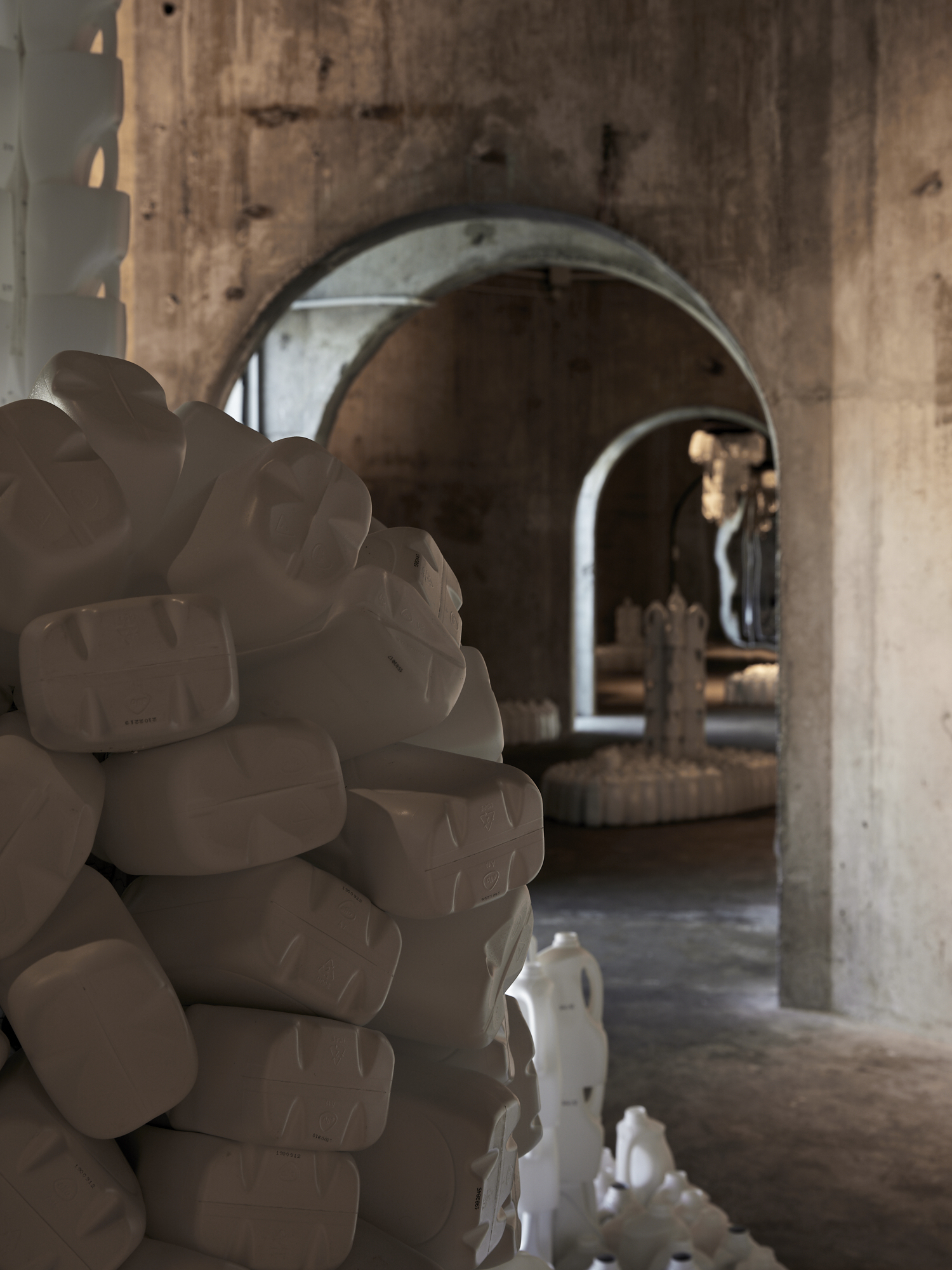
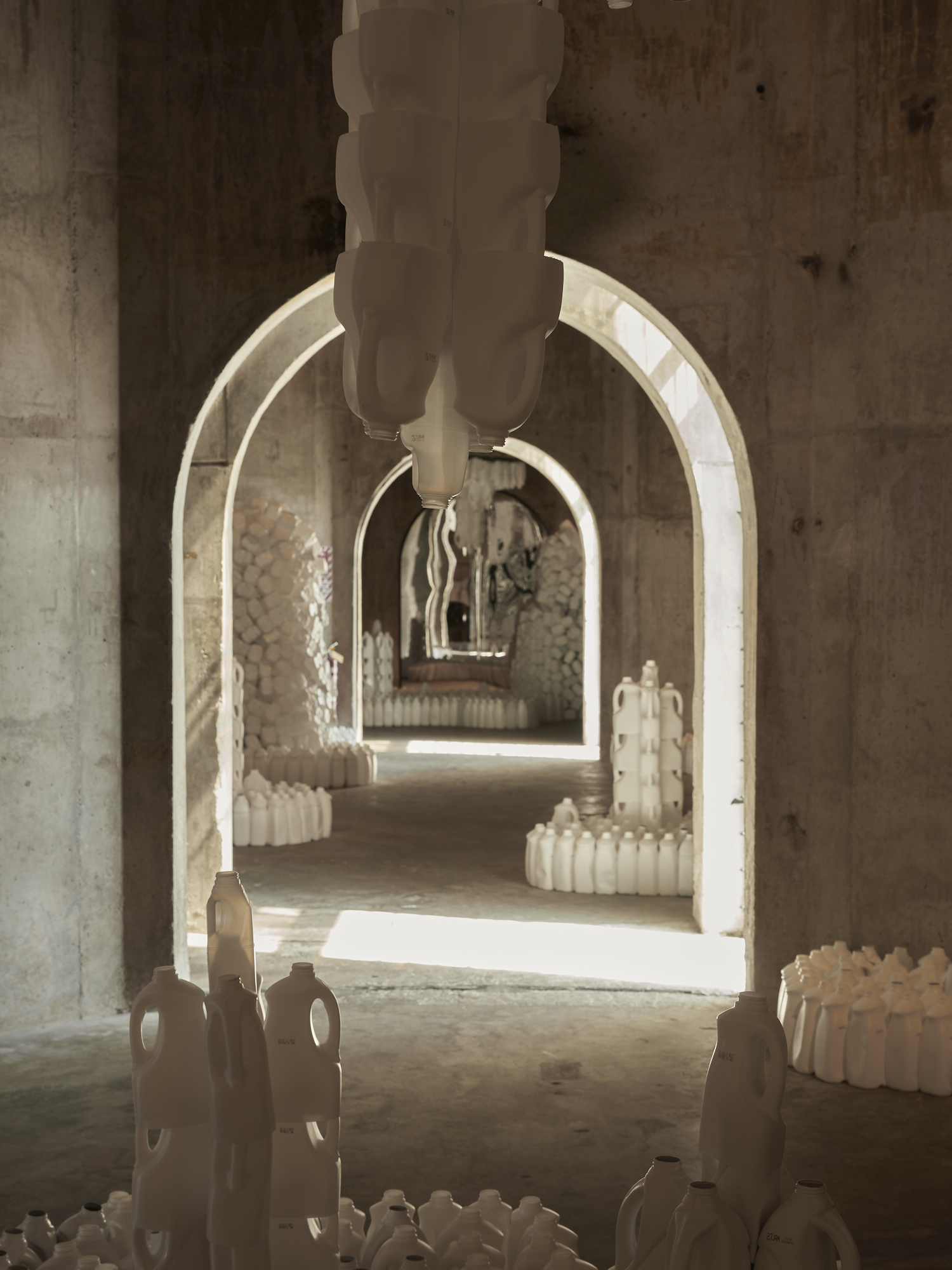
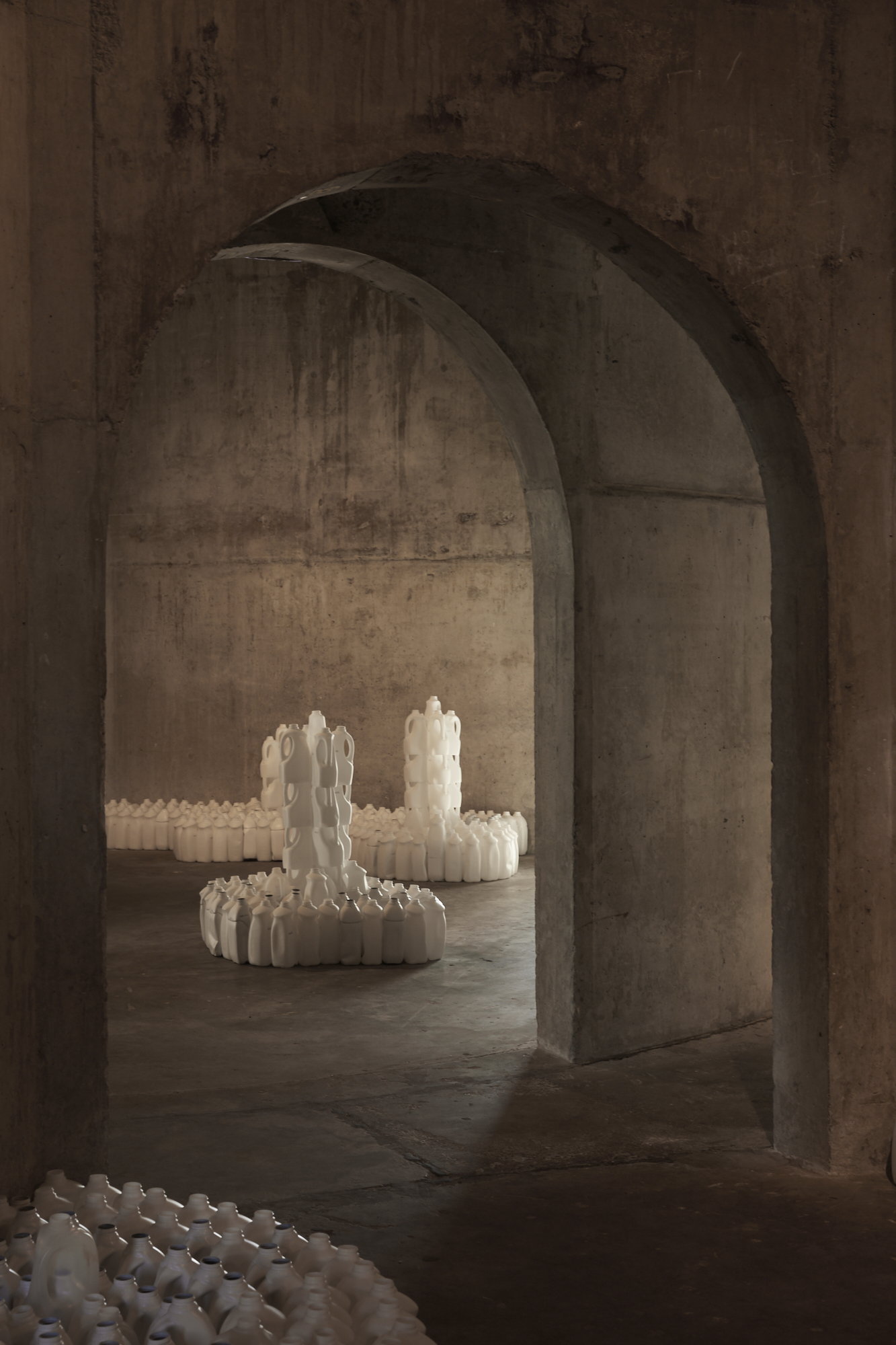
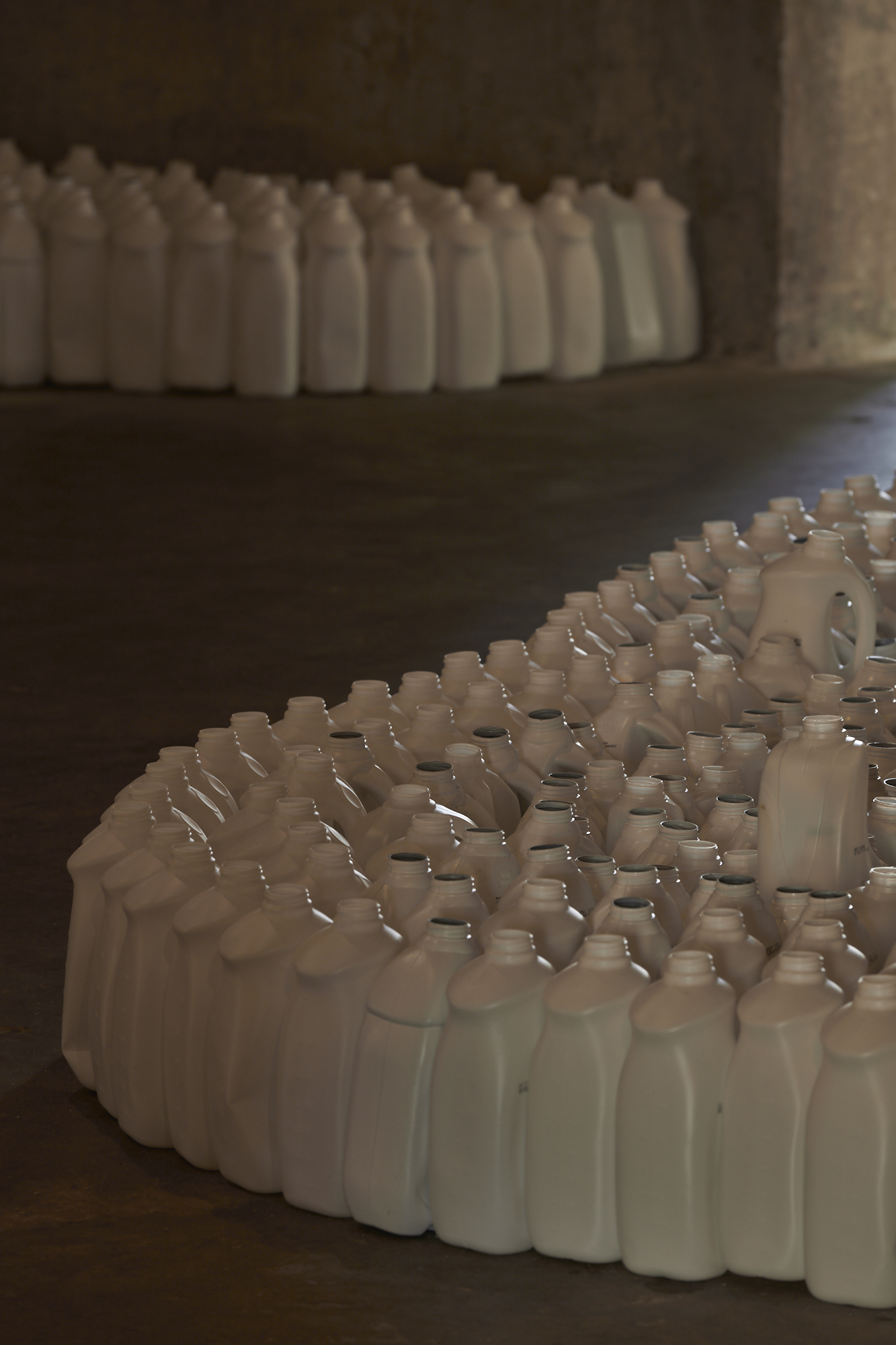
The installation developed through research I did on the effects of the dairy industry on the rivers of New Zealand. Wastescape (2019) developed out of earlier works: an installation using waste plastic milk bottles for the Festival of the World at the Southbank Centre in London in 2011; and sensory banquet events that explored food production, transportation, and consumption, which were held at Normanby Hall and Gardens in 2017 and at the British Library in 2018, both of which were commissioned by Invisible Dust, the Director of which encouraged me to make an initial visit to Auckland to see Silo 6 which was proposed as a site for my work and to carry out research at the Auckland War Memorial Museum (AM) where I began to focus on the Pacific Collection Access Project (PCAP). This research informed my thinking and making and had a profound emotional and conceptual effect on my sense of the relationships between objects, personhood, and ancestral and collective meaning.
Previously New Zealand had granted the right of legal personhood to a former national park, Te Urewera, and to Mount Taranaki. Since the 1840 signing of the Treaty of Waitangi, Māori leaders had fought for recognition of the relationship they have with the Whanganui River, which they revere as a tupuna, or ancestor. The granting of the legal status of personhood is an approximation in law of the Māori perspective of treating the river as a living entity and as an ancestor, instead of treating it from a perspective of ownership and for the exploitation of its resources. The Whanganui Iwi view the river as a living entity in its own right and incapable of being owned in an absolute sense as a property. Whereas European legal frameworks of ownership are exclusionary, in that something owned by one person cannot therefore be owned by another. For Māori, living entities cannot be understood in these terms. The river at one end cannot be separated from the river at another end. The stones on the riverbed cannot be separated from the banks or the water that runs over them. The rain that feeds the water of the river is integral to it. The Māori saying “I am the river and the river is me” articulates the inter-connectedness of river, ancestor, land, community, use, and care.
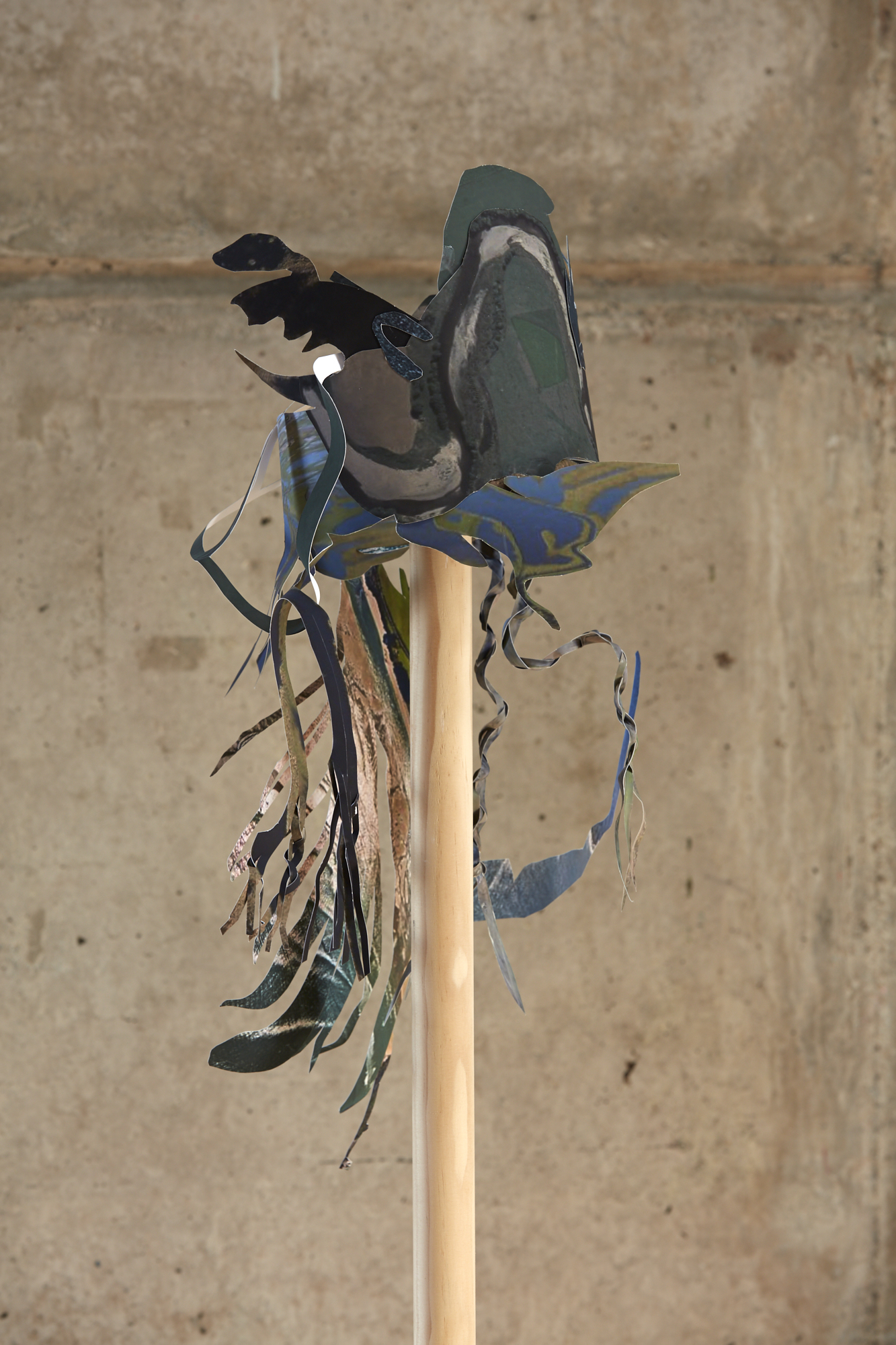
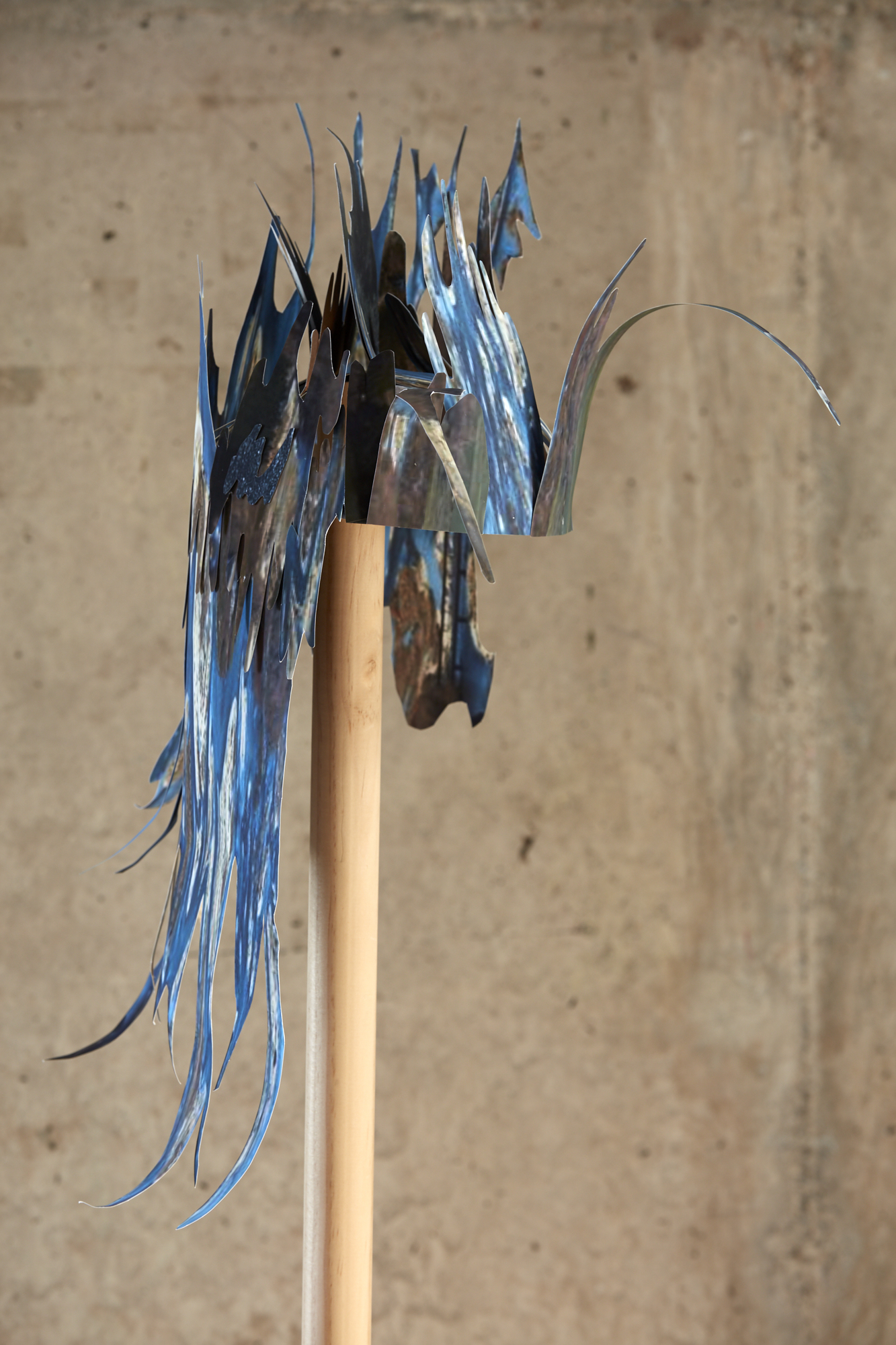
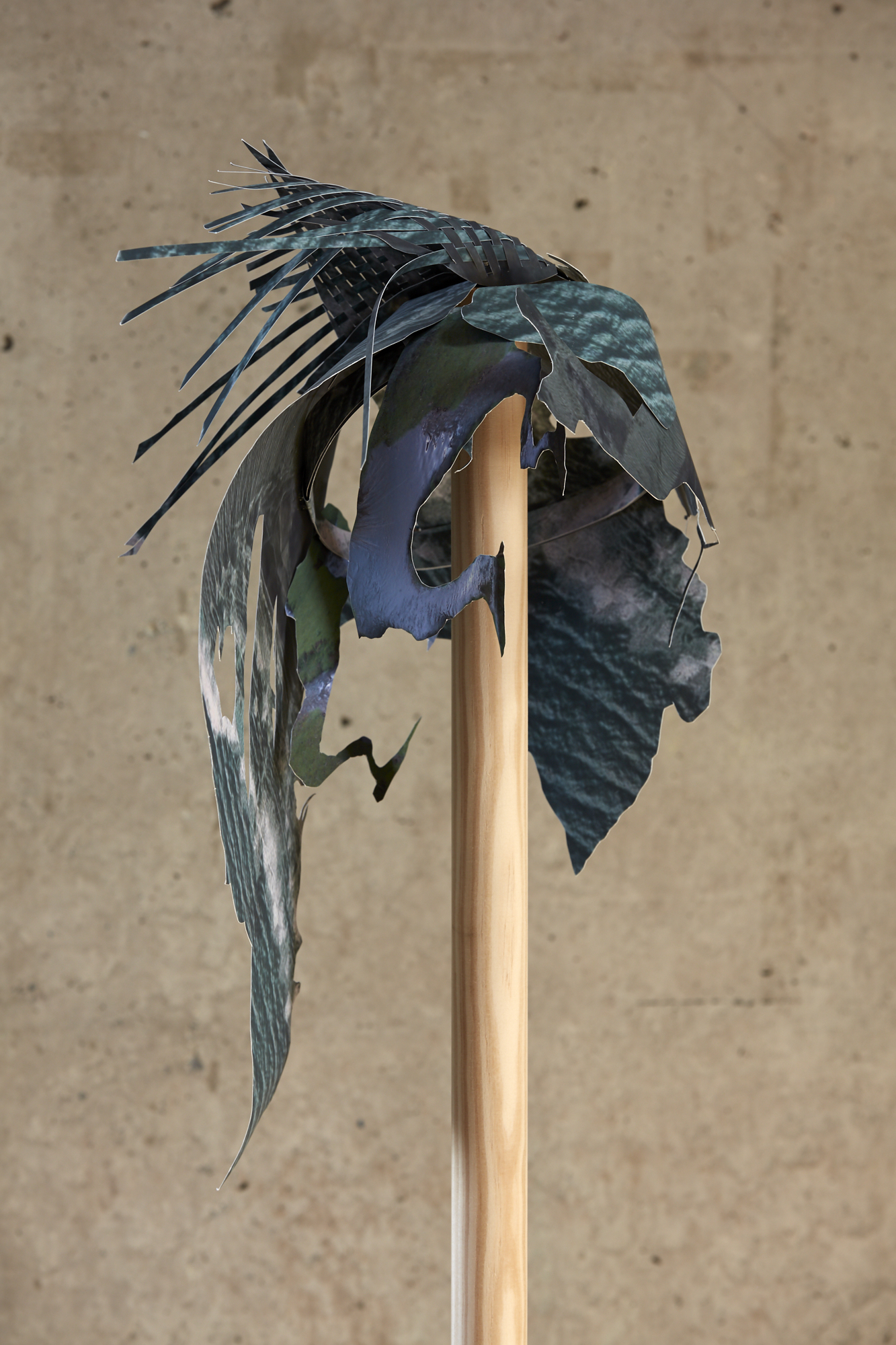
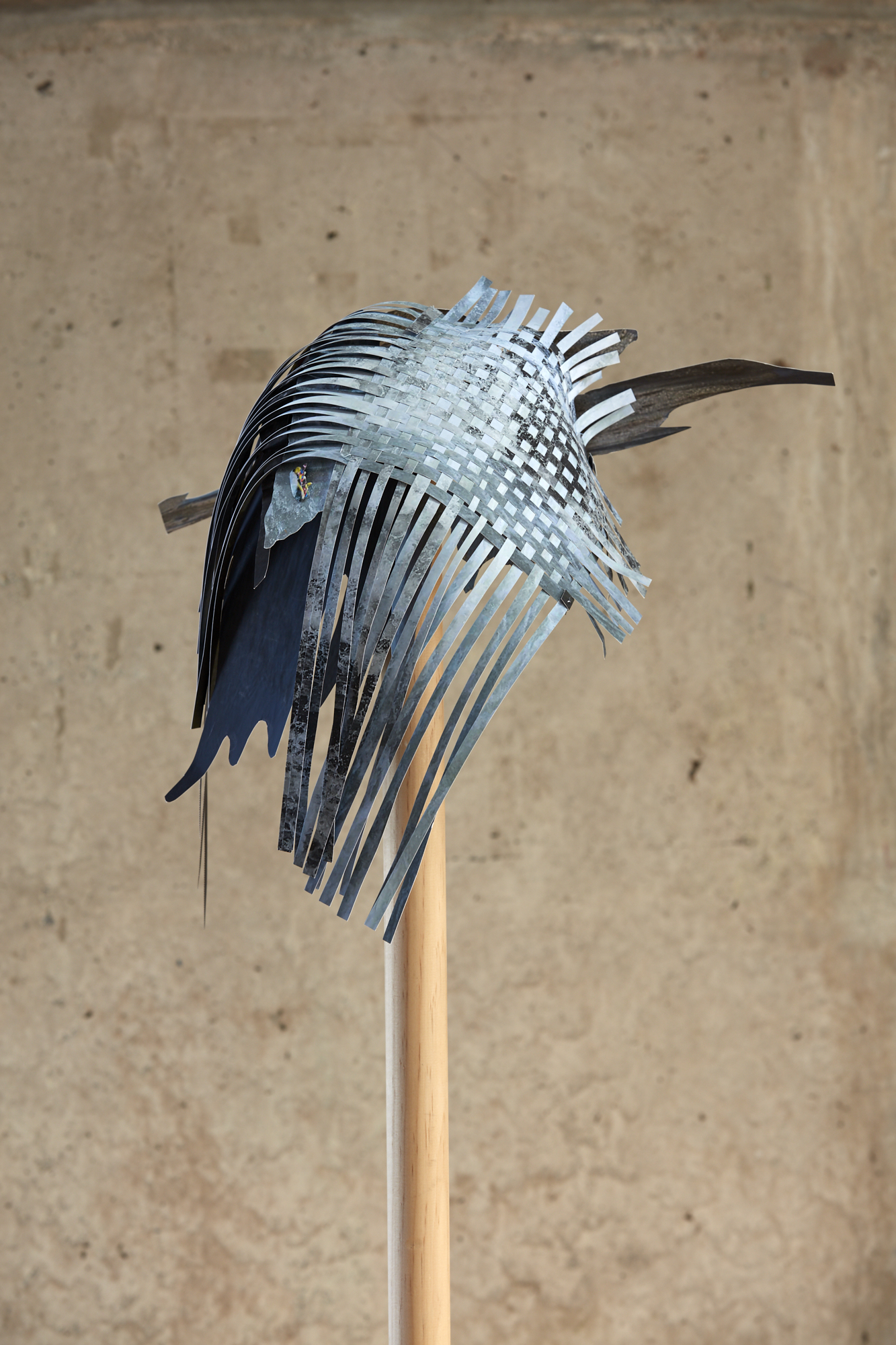
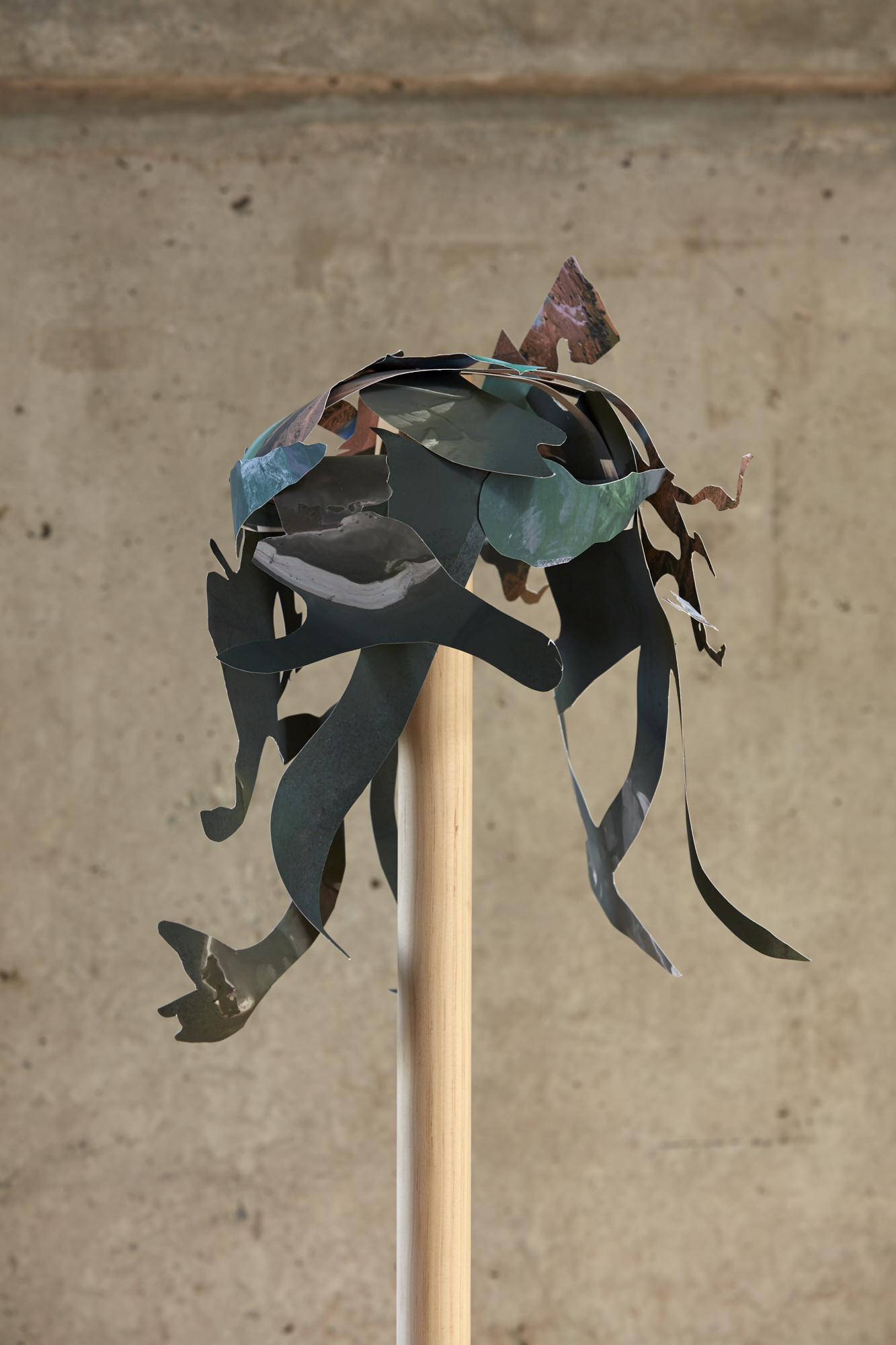
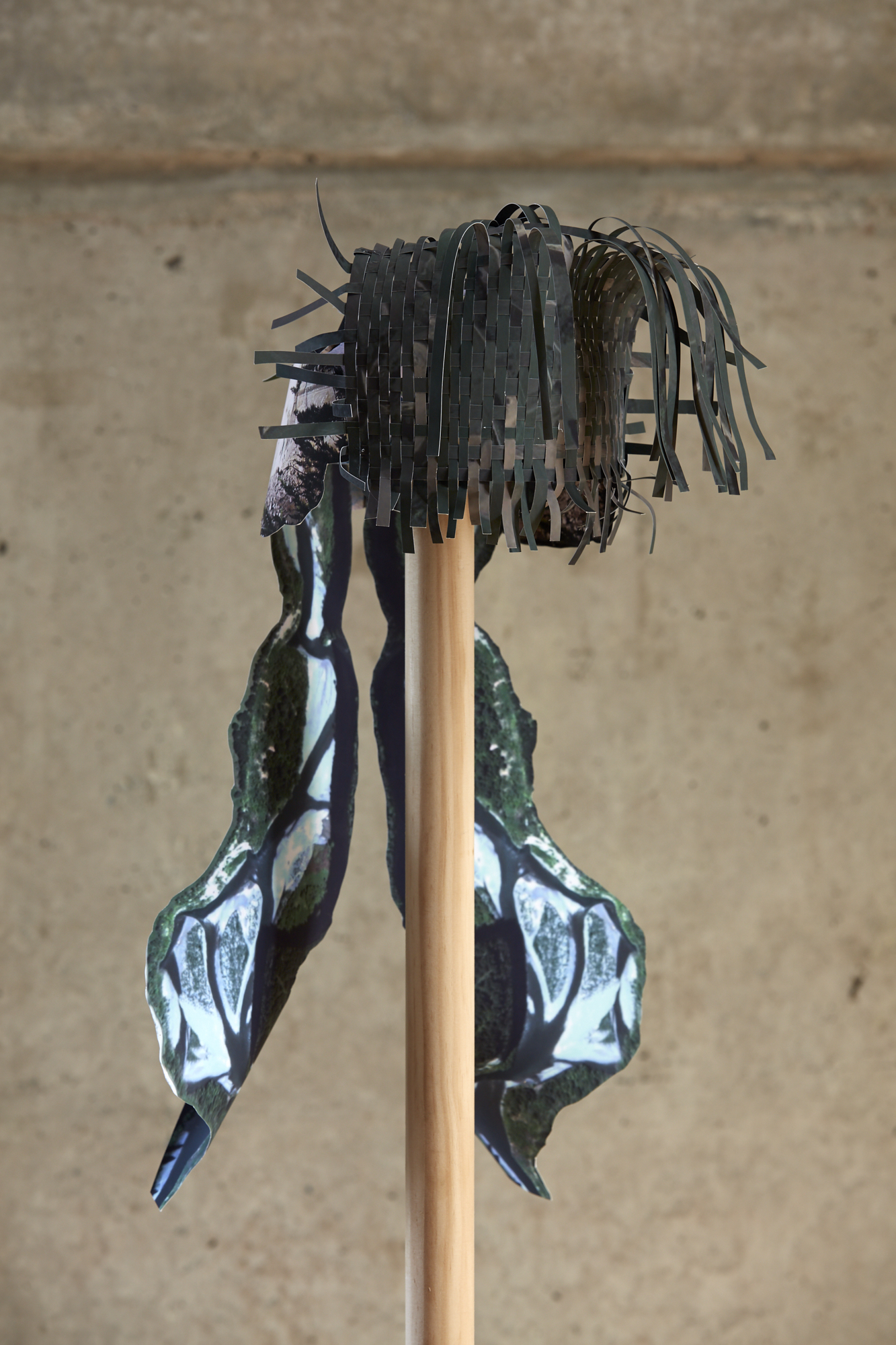
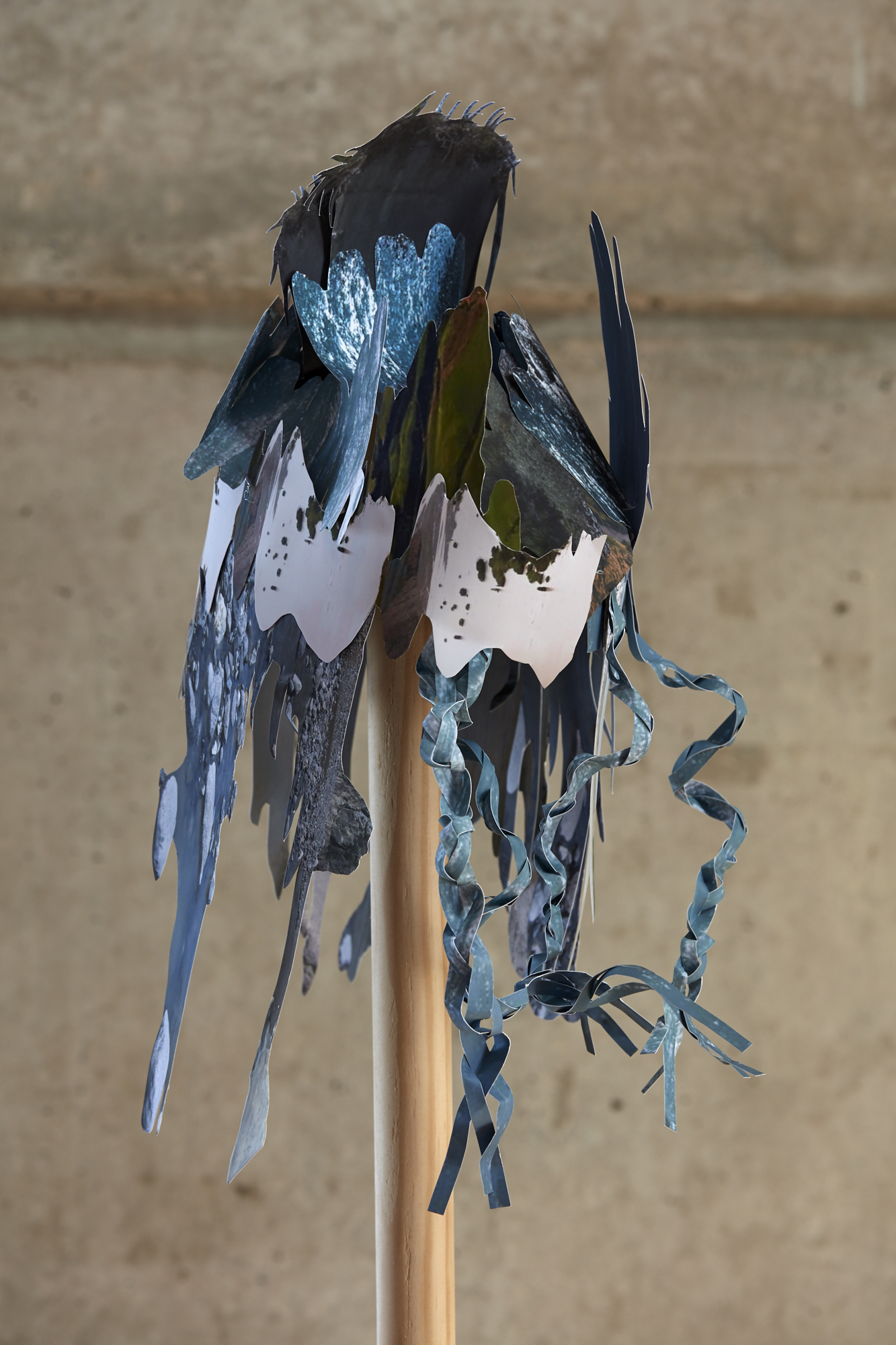
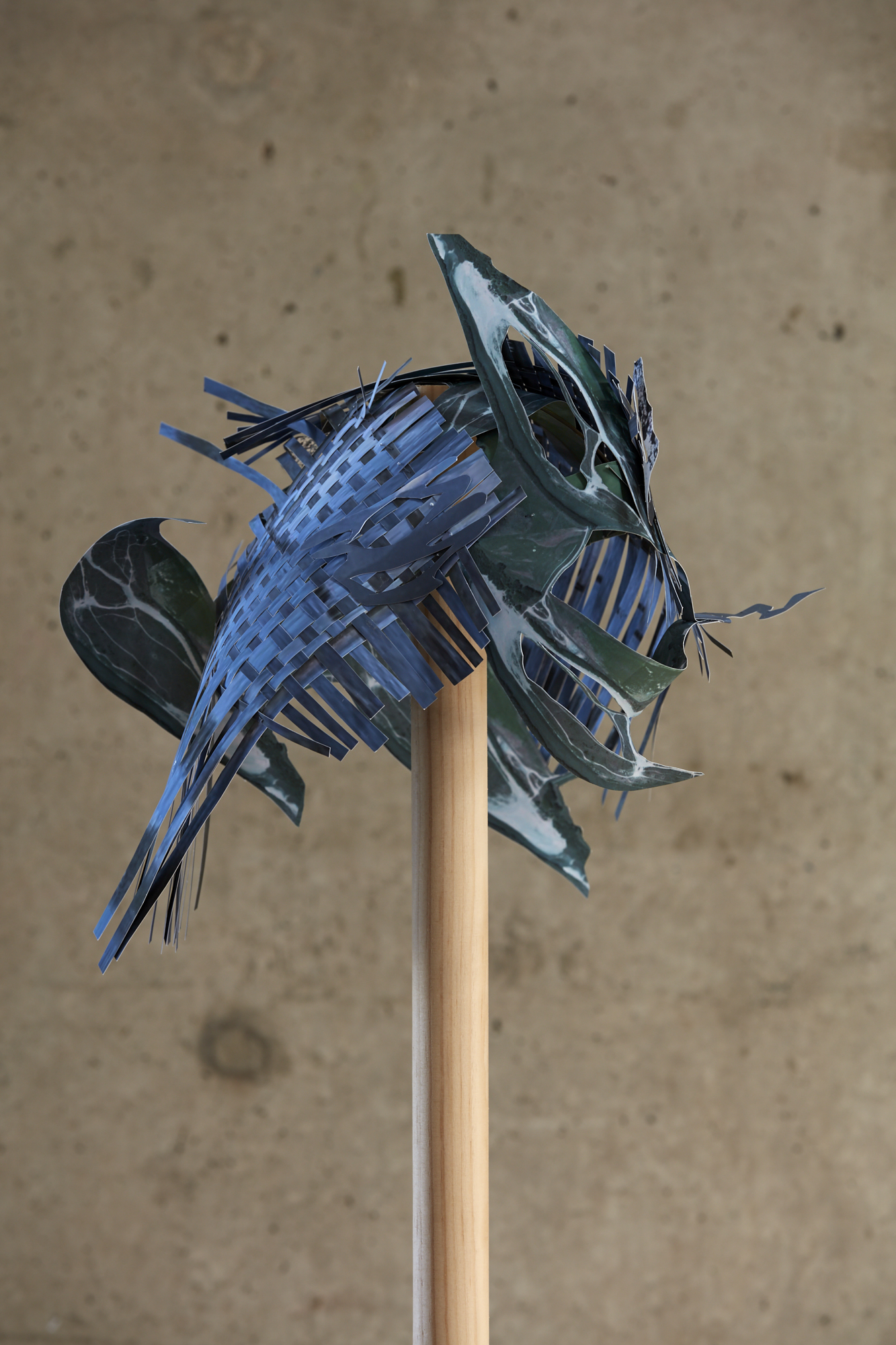
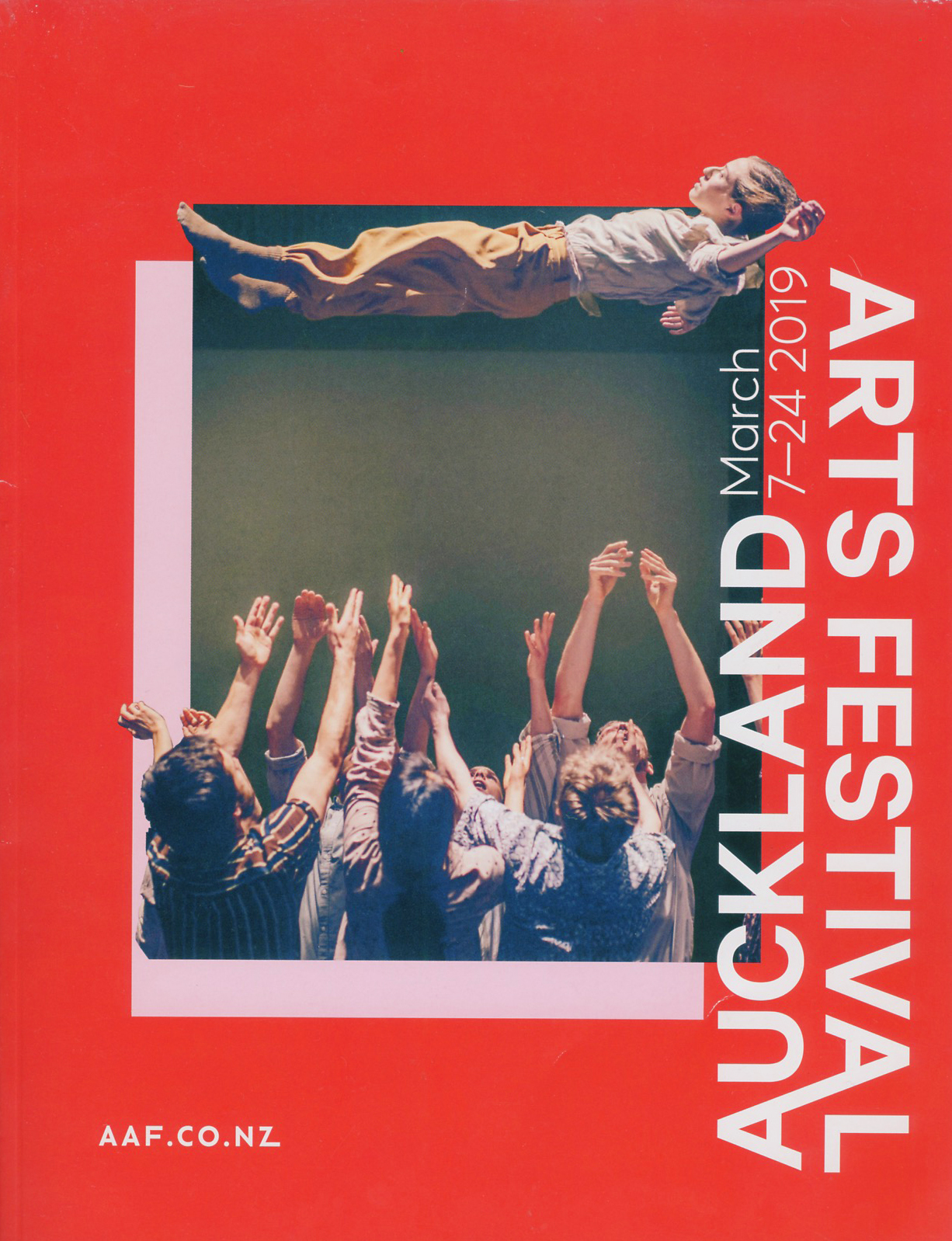
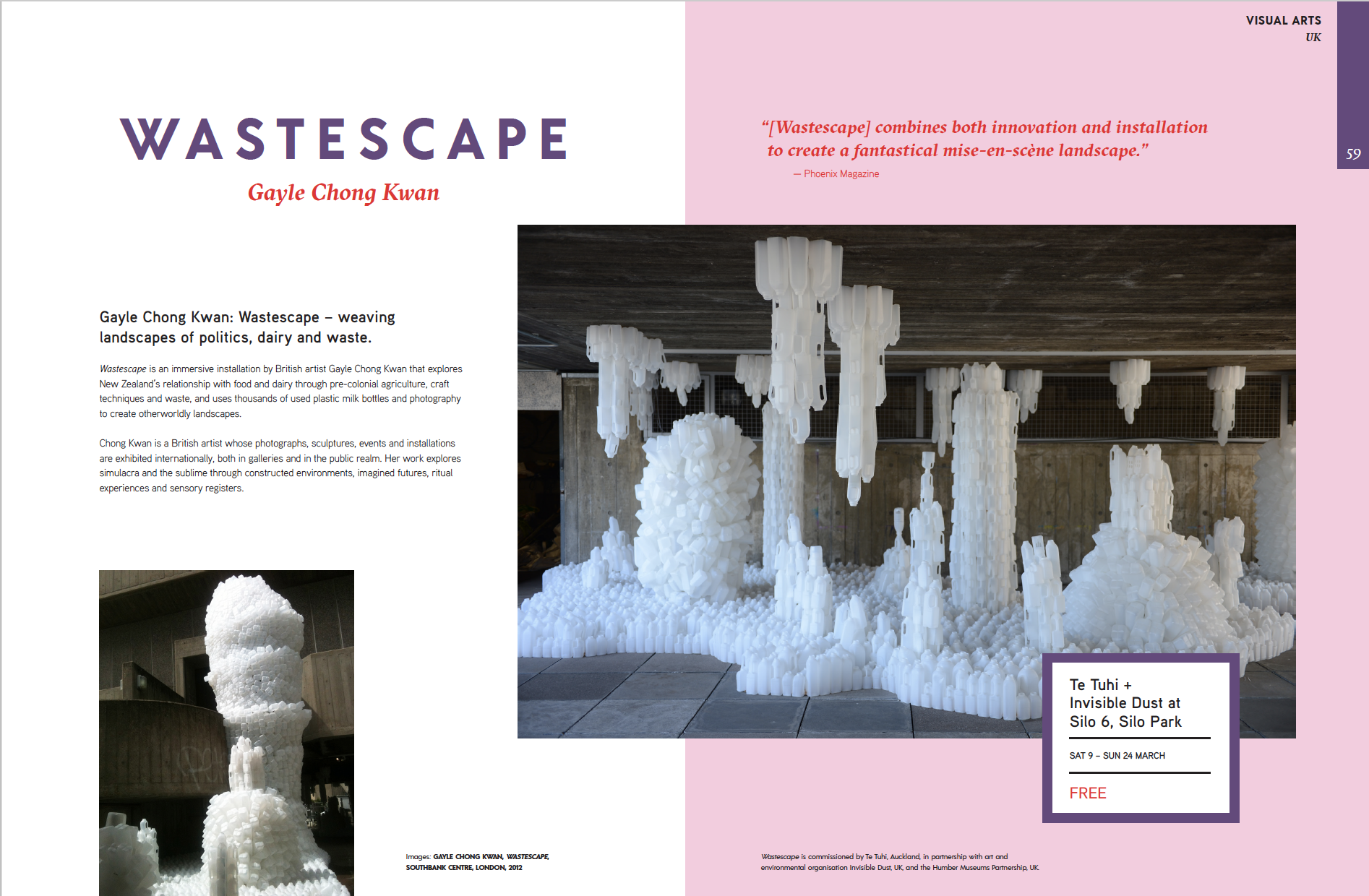
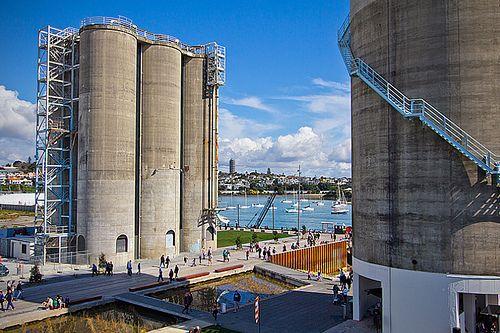
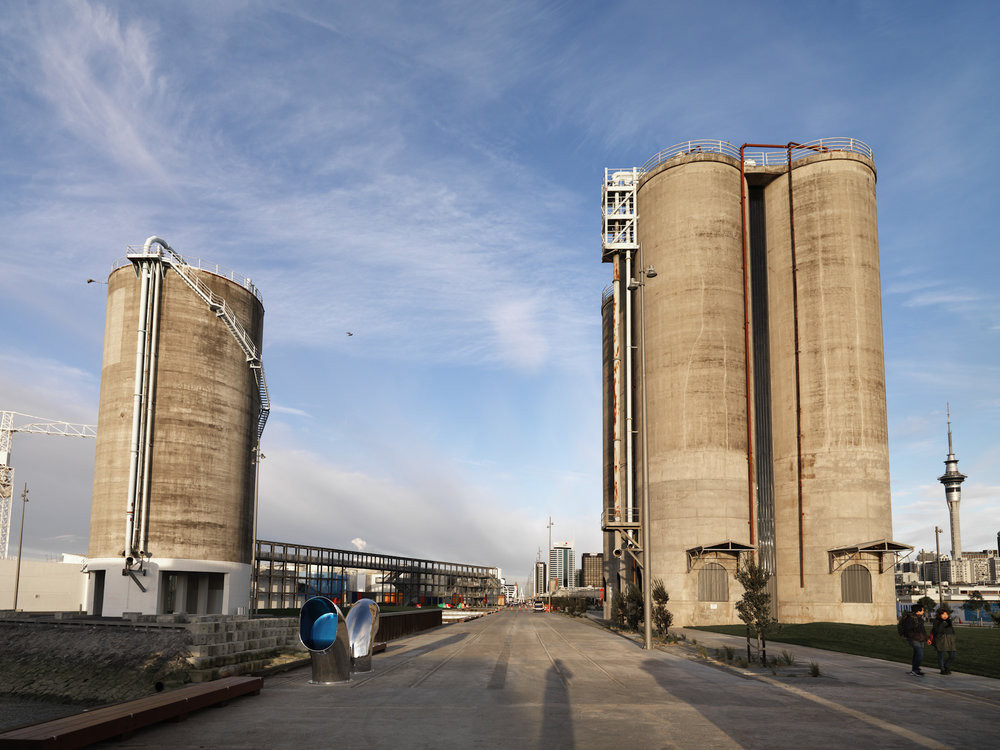
SoundCloud Podcast: Wastescape Panel Discussion with Gayle Chong Kwan, Dr Mike Joy, Alex Monteith
Gayle Chong Kwan's immersive installation Wastescape, 2019, weaves thousands of milk bottles into a mesmerising image that reflects our consumer habits, particularly of plastic used by the dairy industry in New Zealand.Exploring the environmental impact of excessive waste, Chong Kwan, alongside fresh water scientist Mike Joy and artist Alex Monteith, discuss the role of artists in building awareness of human responsibility in the pollution of our planet. The discussion will tease out the beauty and brutal reality of an otherworldly landscape made of waste. Wastescape is commissioned by Te Tuhi, Auckland, in partnership with art and environmental organisation Invisible Dust, UK, and the Humber Museums Partnership, UK.
